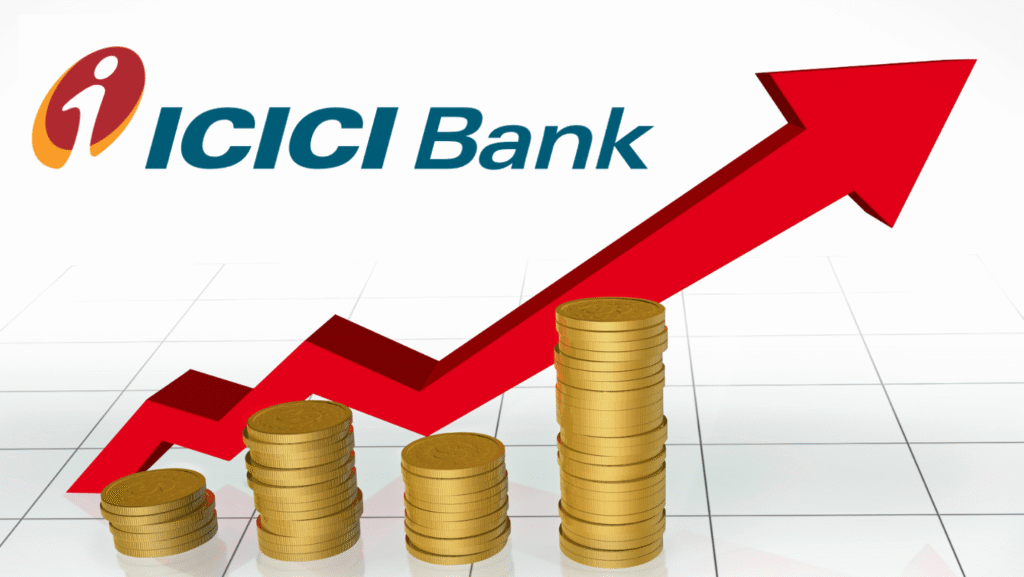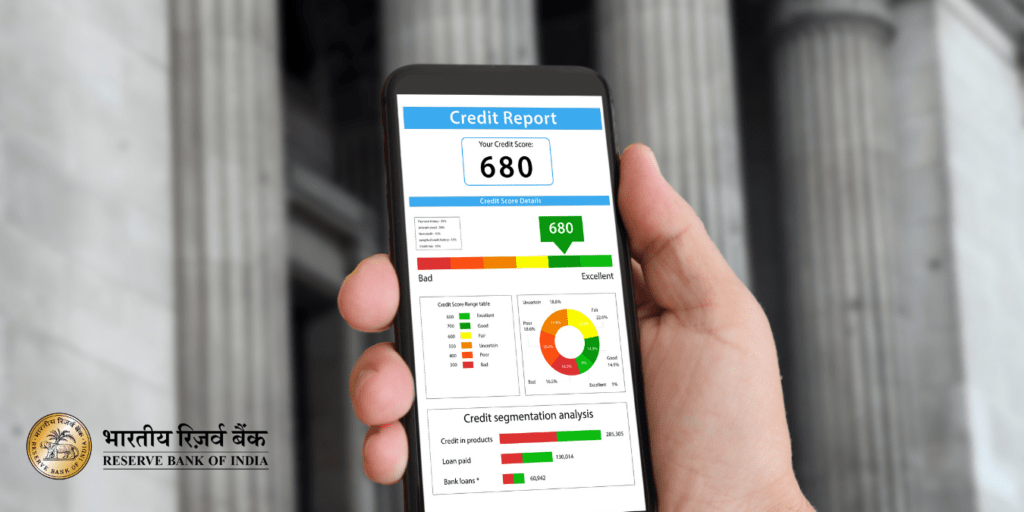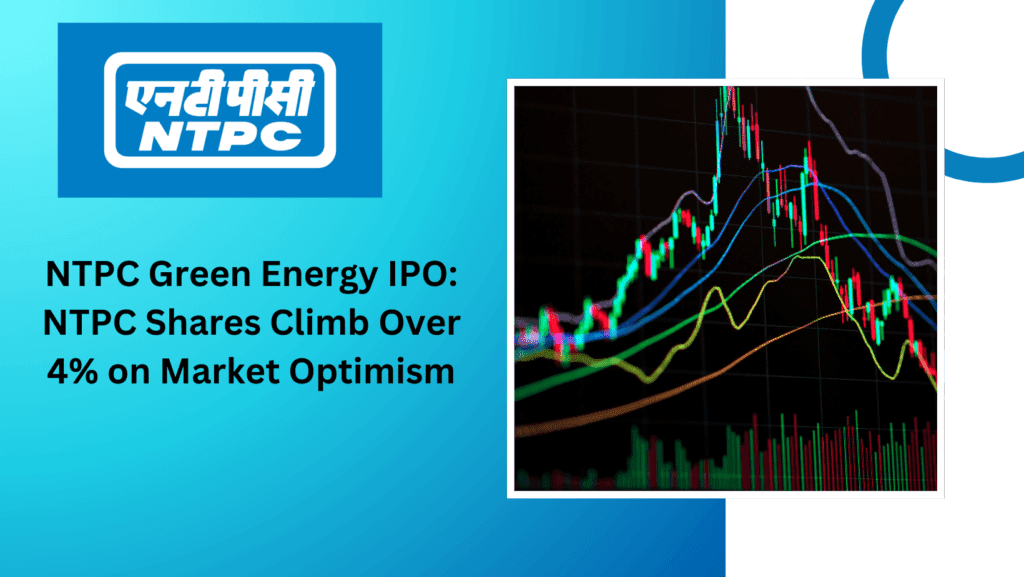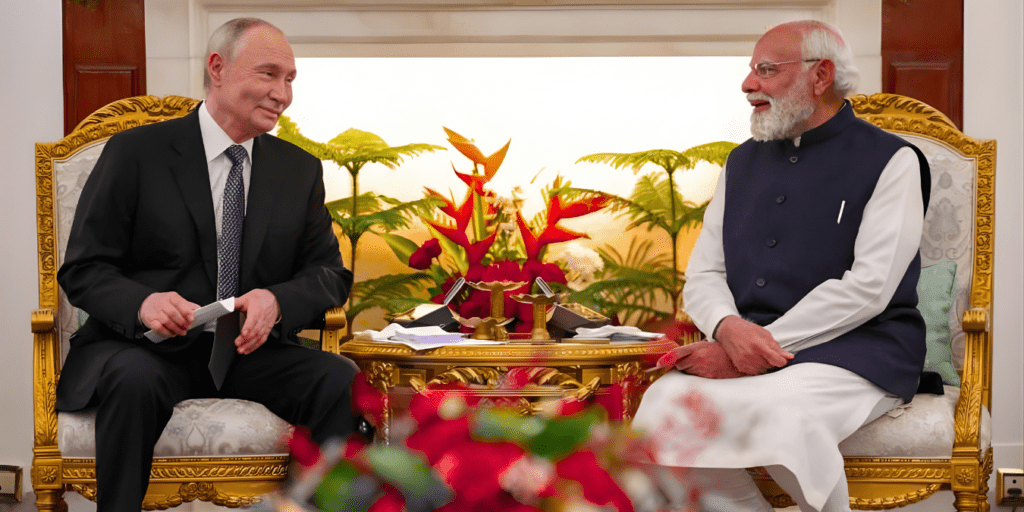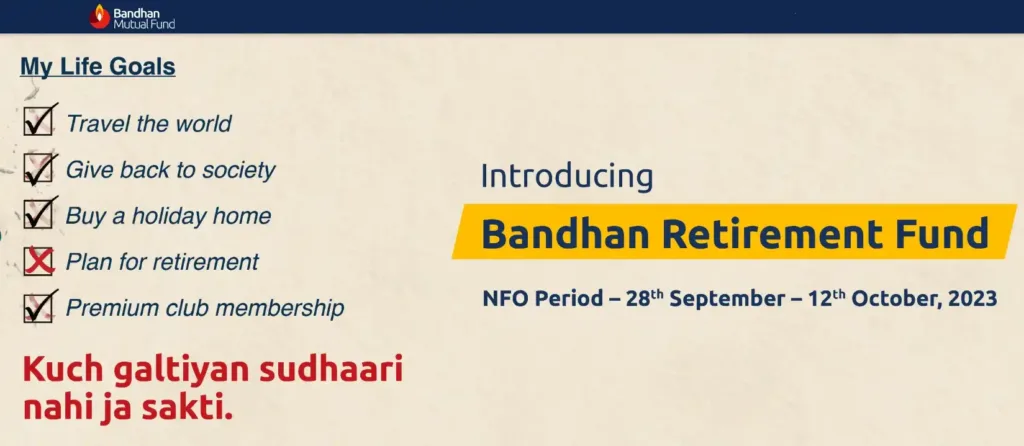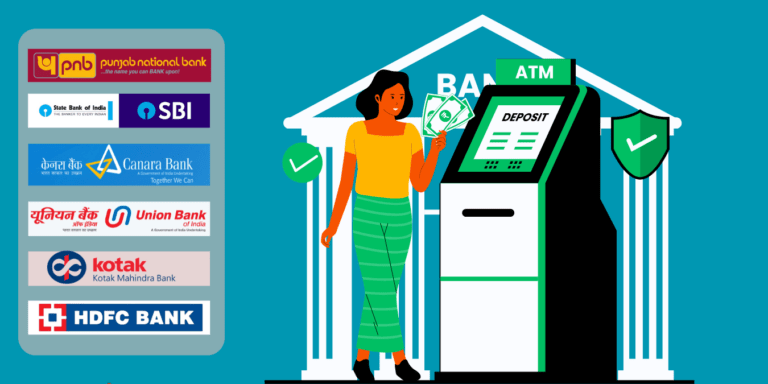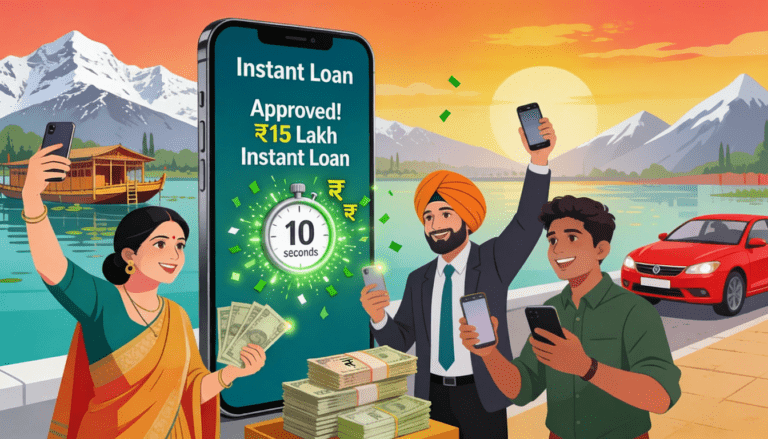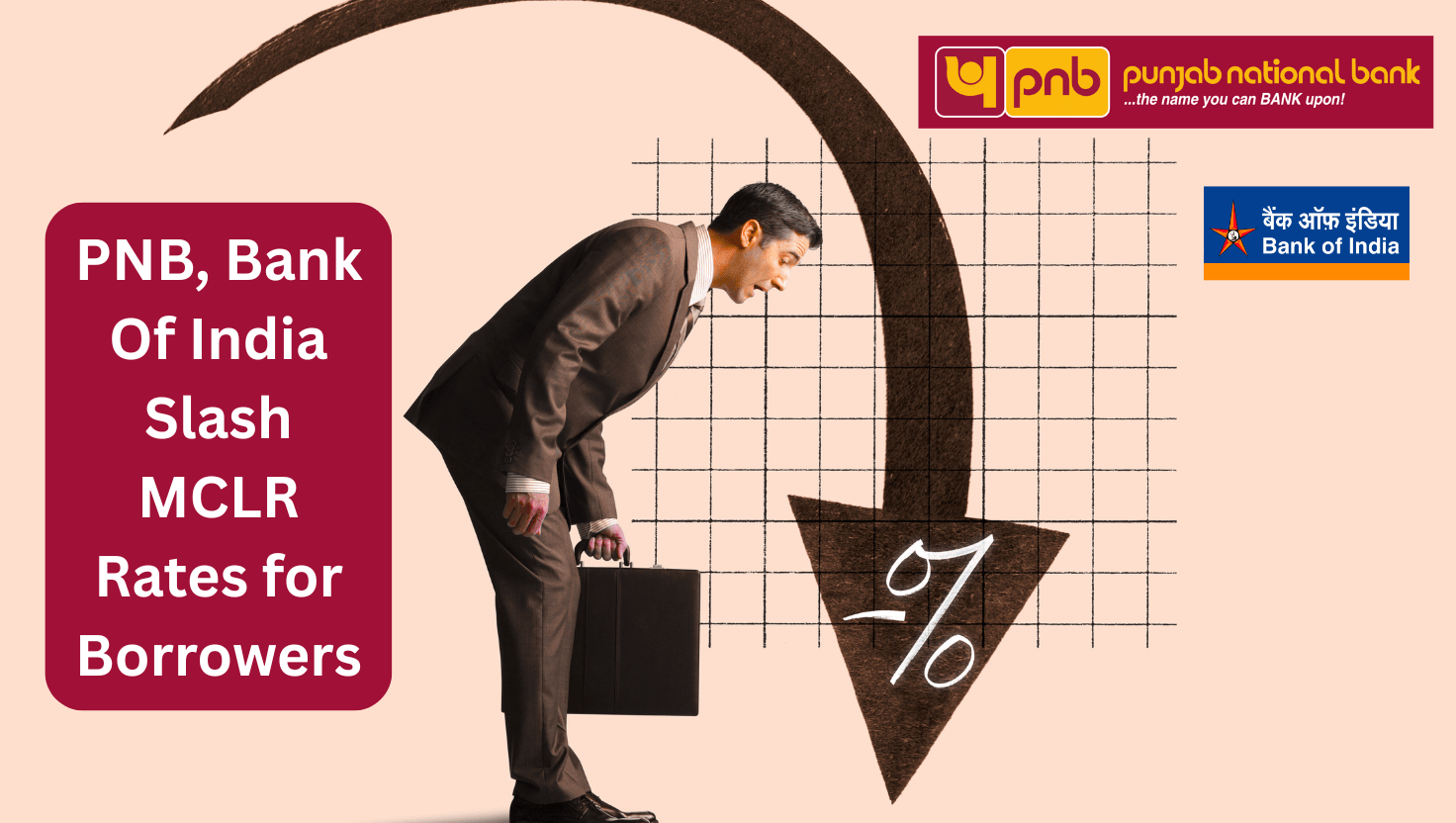
In September 2025, PNB and BoI slashed MCLR rates by up to 15 bps, sparking suspense for millions of Indian borrowers. Will your home loan EMI drop? These cuts promise relief amid RBI’s steady 5.5% repo rate, but the twist lies in reset dates and EBLR shifts.
Punjab National Bank and Bank of India have slashed their lending rates in September 2025, spelling potential relief for lakhs of borrowers across India. With consumer anxieties riding high on monthly EMIs and fluctuating economic winds, this move brings both suspense and fresh hope—especially to Indians juggling home, car, and personal loans. Let’s dive deep into what these new MCLR rates mean, why banks have made this move, and how it might just change the lending landscape for every Indian household.
The Big Bang: September’s MCLR Rate Cuts
Punjab National Bank (PNB) has reduced its Marginal Cost of Funds Based Lending Rate (MCLR) by up to 15 basis points (bps) across several tenures, effective September 1, 2025. Overnight, one-month, and three-month tenures now come with trimmed rates, while long-term borrowers see cuts that could soothe their wallets through lower EMIs. Meanwhile, Bank of India (BoI) joined in, marking down MCLR by 5 to 15 bps across almost every tenure, except for the overnight bracket, which remains unchanged. This wasn’t just a technical tweak—it was a calculated move to stay competitive and pass on the benefit of a stable RBI repo rate to consumers.
What is MCLR—And Why Does it Matter?
MCLR is the internal benchmark for banks to set interest rates on various floating-rate loans including home, vehicle, and personal loans. Unlike newer loans linked to the External Benchmark Lending Rate (EBLR), MCLR still governs millions of legacy loan accounts in India. For these borrowers, even a modest drop in MCLR can meaningfully reduce monthly EMIs and long-term interest outgo. As floating home loan rates continue to dominate the banking space, every MCLR revision ripples across India’s rapidly expanding urban and semi-urban middle class.
Suspense Unfolds: The September 2025 Revised MCLR Rates
Here’s a snapshot of the latest MCLR rates for both banks, bringing suspense to every borrower’s mind before their monthly loan update:
| Bank | Tenure | Old MCLR (%) | New MCLR (%) |
| PNB | Overnight | 8.15 | 8.00 |
| 1 month | 8.30 | 8.25 | |
| 3 months | 8.50 | 8.45 | |
| 6 months | 8.70 | 8.65 | |
| 1 year | 8.85 | 8.80 | |
| 3 years | 9.15 | 9.10 | |
| Bank of India | Overnight | 7.95 | 7.95 |
| 1 month | 8.40 | 8.30 | |
| 3 months | 8.55 | 8.45 | |
| 6 months | 8.80 | 8.70 | |
| 1 year | 8.90 | 8.85 | |
| 3 years | 9.15 | 9.00 | |
The Domino Effect: RBI Repo Rate, Banks, and Borrowers
Why have PNB and BoI chosen to cut rates now? The Reserve Bank of India has held the repo rate at 5.5% since its last major 50 bps cut earlier this year. Amid a fiercely competitive market, banks are keen not to lose customers to rivals, which makes efficient MCLR transmission a win-win scenario. Borrowers enjoy immediate or near-future EMI reductions, while banks can stay in the race for new loan disbursals—witness a 12% surge in sanction volumes following the recent round of rate cuts.
Can Your Gratuity Be Denied? Understanding the Supreme Court’s Latest Decision
ICICI Bank Q4FY25 Profit Soars 18% to ₹12,630 Cr: Declares Dividend ₹11/Share – Should You Buy More Stocks Now?
RBI’s New Weekly Rule: Why You Must Pay Your Bills Before These 5 Dates Every Month
Below the Tax Limit: Why Filing ITR is a Must, Even If You Don’t Pay Taxes
Hooks for Home Loan Borrowers: Will Your EMI Really Drop?
For MCLR-linked borrowers at PNB and BoI, expect actual EMI relief only from your next “reset” date—as MCLR isn’t always revised immediately for all loan accounts. But when your reset arrives, the new, lower MCLR applies, making your obligation slightly less daunting. For an average ₹50 lakh home loan with a 20-year tenure, even a 10-15 bps reduction can potentially save thousands of rupees annually. Suspense, therefore, sits not just in the headline numbers but in the anticipation of that game-changing EMI update from your bank.
The EBLR Twist: Are MCLR Cuts Still Relevant?
Here lies a subtle twist: since October 2019, new floating-rate retail loans in India are mandatorily linked to the External Benchmark Lending Rate (EBLR). Current MCLR rate cuts affect only existing borrowers who haven’t shifted to EBLR, but they represent a substantial, often less-privileged section of the loan market. EBLR loans offer even faster rate transmission, linked directly to the RBI repo, but switching incurs processing charges—and potential regulatory uncertainty.
Reader Narrative: A Day in the Life of an MCLR Borrower
Visualize Reema, a young professional from Pune, paying ₹41,000 each month towards her 2018 PNB housing loan. By October 2025, as her MCLR reset kicks in with the revised rate, her EMI may shift downward, giving room for family expenses or a much-needed festive season splurge. Multiply Reema’s savings by the legions of PNB and BoI borrowers nationwide, and the collective relief is palpable.
Lending Rates in the Competitive Arena: PNB vs BoI
India’s top banks have been adjusting their sails in a volatile lending climate. Here’s how PNB and BoI’s latest MCLR rates stack up against other leading lenders in September 2025:
| Bank | Overnight | 1 Month | 3 Months | 6 Months | 1 Year |
| PNB | 8.00 | 8.25 | 8.45 | 8.65 | 8.80 |
| BoI | 7.95 | 8.30 | 8.45 | 8.70 | 8.85 |
| Bank of Baroda | 8.15 | 8.30 | 8.50 | 8.75 | 8.90 |
| SBI | 7.95 | 8.10 | 8.35 | 8.65 | 8.85 |
| Canara Bank | 8.00 | 8.05 | 8.25 | 8.60 | 9.00 |
| HDFC Bank | 8.20 | 8.35 | 8.45 | 8.70 | 8.95 |
The Indian Reality: Opportunities and Hidden Challenges
While these lending rate reductions ignite optimism, the story isn’t all rosy. Regulatory delays, borrower inertia in switching to lower-cost EBLR loans, and the opaque nature of MCLR resets continue to challenge true rate transmission. Only a fraction of borrowers proactively seek MCLR-to-EBLR conversion, with most awaiting scheduled resets that may be out of step with market forces.
Economic Impact: Beyond Borrowers, For All of India
India’s financial sector is on the boil—with the rate cut narrative encompassing not just individual borrowers, but fast-growing MSMEs, small businesses, and the wider real estate ecosystem. Lower lending rates may reignite demand for new loans, spark a spurt in housing starts, and stimulate consumer spending—critical drivers as India eyes a $5 trillion economy by decade’s end.
Stunning Suggestions: How to Make the Most of Lower MCLR
- Request an MCLR Reset: If eligible, seek an early reset for your loan.
- Consider Shifting to EBLR: Calculate pros and cons of switching, especially if interest rates are trending downward.
- Negotiate with Your Lender: Banks, in a competitive environment, may be open to rate concessions to retain long-term customers.
- Compare Banks Actively: Don’t just rely on your legacy bank; look out for better rates at other lenders and consider refinancing if the rate differential justifies the move.
Emotional Resonance: Relief, Hope, and Renewal
For millions of Indian families, this September feels like a turning point—a sigh of relief amid uncertainty, a glimmer of hope for lowering debt, and a fresh sense of agency over personal finance. Borrowers watching their home loan EMIs inch down, even slightly, know the emotional upswing that comes with responsible fiscal policy and responsive banks.
Final Thought
In a world of uncertain economic signals, every drop in lending rates matters—especially for India’s vast army of borrowers bracing for the future. The September 2025 cuts by Punjab National Bank and Bank of India are more than numbers; they are signals of a more agile, competitive, and customer-centric banking landscape. The real suspense is in how much this trend gathers steam—and how Indian borrowers, from busy metropolises to rural heartlands, seize these opportunities to rewrite their financial stories.
For every EMI that just got lighter, for every Indian who dreams of an affordable home, this is more than banking news. It is a step toward a vibrant, inclusive India with a future that feels just a bit more possible
Disclaimer: The use of any third-party business logos in this content is for informational purposes only and does not imply endorsement or affiliation. All logos are the property of their respective owners, and their use complies with fair use guidelines. For official information, refer to the respective company’s website.

